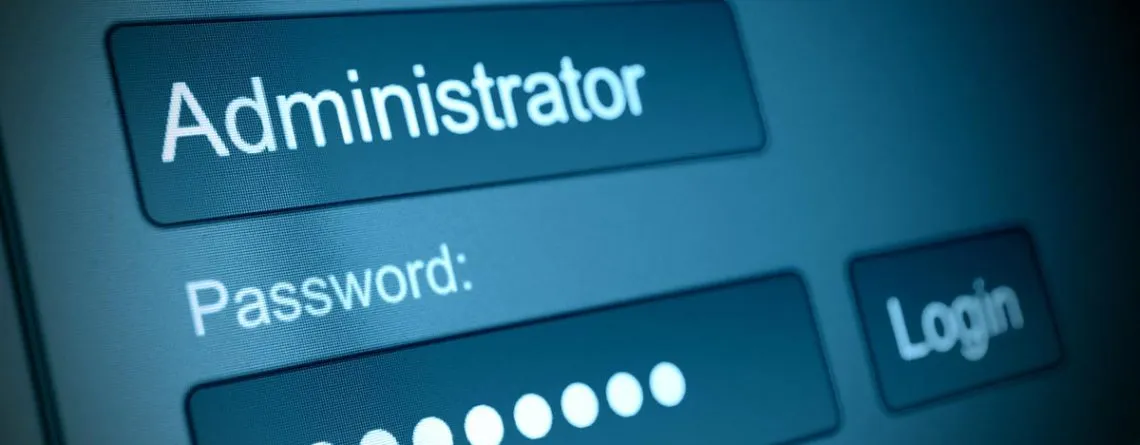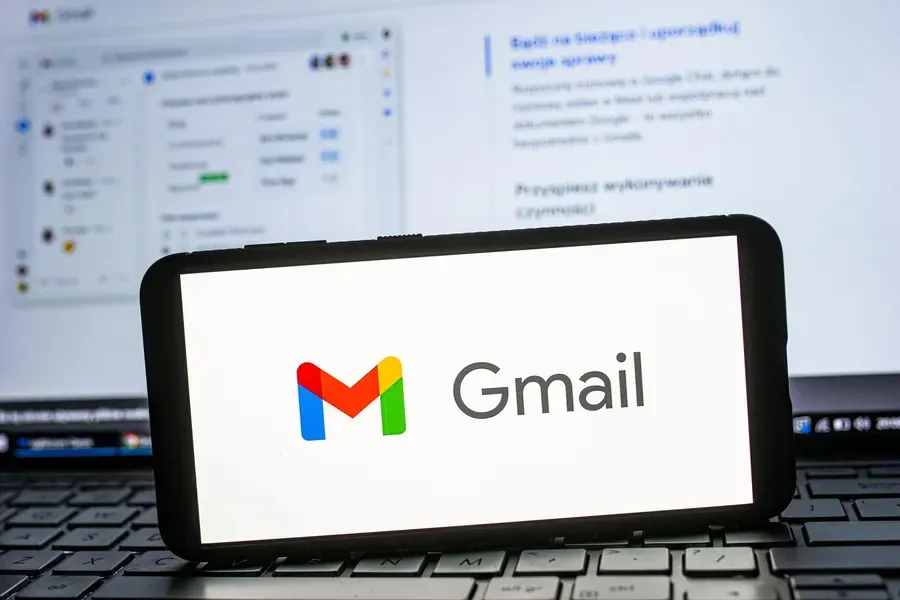The Rise of Fake College Applications: How AI is Fueling an Admissions Crisis
There’s a new kind of student showing up in college admissions—and they’re not even human.
Powered by artificial intelligence, fraudsters are flooding college systems with thousands of fake applications—so-called “ghost students”—to exploit financial aid and vanish without a trace. This isn’t some fringe issue. In some colleges, nearly 40% of applications are believed to be fraudulent.
And the numbers are only going up.
As AI tools become easier to use and more convincing, colleges face a rapidly evolving threat to the integrity of their admissions and financial systems. Without fast, coordinated action, schools risk being overwhelmed.
What Is a Ghost Student?
A ghost student isn’t just someone who drops out. It’s a completely fabricated identity—built using AI-generated essays, forged transcripts, synthetic tax documents, and sometimes even fake selfies or video clips. These applications can look real, sound real, and pass through systems that were never designed to spot this kind of fraud.
In California, officials found over 1.2 million fake college applications in 2024 alone. More than 223,000 ghost studentshad made it into the system, and over $11 million in financial aid had already been sent to them before detection (San Francisco Chronicle, 2024). And California is just one example—this is a national problem.
Thanks to tools like ChatGPT and free AI image and voice generators, fraudsters can now crank out fake students by the dozen. What used to require time and effort can now be fully automated. With a few clicks, bad actors can fabricate entire identities that sound intelligent, meet deadlines, and pass basic admissions checks.
It’s Not Just Elite Schools
This isn’t just an Ivy League issue. In fact, elite schools are less affected because of their selective admissions processes. The real damage is happening in open-enrollment institutions—community colleges, regional universities, and online programs—where admissions are designed to be accessible, not adversarial.
These schools are often underfunded and understaffed. Admissions teams are dealing with thousands of applications, making it hard to detect subtle fraud patterns. Financial aid departments are pushed to disburse funds quickly. And in that rush, ghost students slip through.
One administrator at a public college in the Midwest admitted that a third of their recent applications showed signs of automation—identical essays, matching IP addresses, or clearly forged documents. In another case, instructors found entire online classes made up of names that never once appeared in discussion threads or submitted real work. Students at legitimate institutions are left competing for limited space, resources, and support—sometimes denied entry into oversubscribed programs because ghost applicants took the seats first.
This isn’t about isolated scams. This is a system-wide vulnerability that affects everyone—from the front desk to the faculty lounge to the freshman waiting for class registration.
Ghost Students Now Have a Voice—and a Face
AI is no longer limited to generating text. Deepfake video tools and voice cloning platforms like ElevenLabs now make it possible for ghost students to pass face-to-face verifications or hold phone conversations that sound eerily human.
Some schools use short webcam verifications or onboarding interviews to screen students. But if that “student” is an AI-generated video using a fake name, fake face, and a voice cloned from online samples—how do you know what’s real?
Financial aid officers are now getting calls from “students” with polite, well-spoken voices asking about disbursements. Some are even receiving voicemail responses recorded with AI. These ghost personas can interact, escalate, and follow up—without ever being tied to a real person.
What’s more alarming is that these tools are becoming more accessible. Voice synthesis technology doesn’t require expensive software anymore. Fraudsters can take a short audio clip, input a fake script, and generate an entirely new conversation in a cloned voice. Video creation is following the same trend. Pre-recorded deepfake videos are being used for identity verification, with facial gestures and eye movement mimicking a live person.
This raises serious concerns for any institution that relies on video or voice-based checks to verify student identity. AI-generated humans can fool not just systems—but staff. And once they’re in, it’s hard to tell them apart from the real students they’re imitating.
The Human and Institutional Costs
The cost isn’t just financial—it’s institutional chaos.
Faculty waste time on students who never show up. IT departments are spinning up email accounts and login credentials for people who don’t exist. Class rosters are inflated, and course waitlists are artificially maxed out. That means real students—those ready to learn—may be locked out of the very opportunities that schools were designed to provide.
The burden falls across departments. Advisors might be reaching out to students who never respond. Counseling services may send messages to inboxes that are never checked. And financial aid departments face audits, delays, and increased scrutiny as refund checks bounce or disappear.
Worse, performance metrics and reporting data start to break down. Retention rates drop. Graduation timelines become misleading. And state or federal funding, often tied to enrollment numbers, is misaligned with reality.
This cascade effect chips away at trust—internally and externally. Students feel the system is broken. Faculty question their rosters. Donors hesitate to support. And lawmakers begin to scrutinize with greater intensity.
How This Became a Perfect Storm
So why now? Why is this fraud suddenly surging?
Because all the right conditions lined up. AI tools became publicly available, online learning normalized digital workflows, and schools were still operating under outdated verification models.
Colleges moved fast to meet remote demand during the pandemic, and in doing so, many built systems prioritizing convenience over security. Now, those systems are being turned against them. And because many institutions operate in silos—one department using one platform, another using spreadsheets—fraud slips through the cracks.
These aren’t isolated bad actors exploiting single points of failure. These are coordinated efforts, sometimes involving rings of people submitting hundreds of applications to multiple colleges at once, all using automation.
At the same time, budget cuts have reduced human oversight. And in an age of enrollment cliffs and financial strain, some institutions may be hesitant to report the true scale of the issue for fear of what it might say about their operations.
What Colleges Are Trying to Do
Some schools are beginning to fight back. The U.S. Department of Education has announced plans to require identity verification for all first-time FAFSA applicants. California has begun piloting new AI detection tools through its CCCApply system. Vendors like Element451 are developing behavioral detection platforms that can identify copy-paste content or pattern-matching behaviors across applications.
But it’s a game of catch-up.
Research shows that AI detection tools are far from foolproof. Minor rewrites or paraphrasing can often bypass detection. Worse, legitimate students—especially those for whom English is a second language—are more likely to get flagged incorrectly. That makes schools nervous about over-correcting.
What’s clear is that software alone won’t fix this. The real solution requires a comprehensive approach:
Colleges need better training for staff to recognize the signs of synthetic identities. They need cross-institution communication, where fraud reported at one college can alert others down the line. And they need systems designed with verification embedded—not added as an afterthought.
This also means updating student onboarding procedures, integrating secure biometric or government-issued ID validation, and creating escalation pathways for suspicious activity.
Schools must act like what they are: targets in a digital war for funds, data, and access.
What Happens If Schools Don’t Act
If colleges don’t step up, this problem will only get worse.
AI models are evolving. Fraudsters are testing the system faster than schools can build defenses. What happens when ghost students start passing classes? Earning credits? Requesting diplomas?
The risk isn’t just lost money—it’s lost credibility. And once public trust is gone, it's not easily earned back.
This is a defining moment for higher education. Either colleges take digital identity seriously—or ghost students will keep walking through the front door, right past everyone who should’ve seen it coming.
References
- AP News. (2024). How scammers are using AI to steal college financial aid. https://apnews.com/article/aa1bc8bcb4c368ee6bafcf6a523c5fb2
- San Francisco Chronicle. (2024). Here’s how bad the ghost student crisis has gotten in California. https://www.sfchronicle.com/bayarea/article/community-college-financial-aid-fraud-20325192.php
- SFGate. (2025). Ghost students are creating an ‘agonizing’ problem for California colleges. https://www.sfgate.com/bayarea/article/ghost-students-creating-problem-calif-colleges-20311708.php
- Fortune. (2025). Ghost students are hijacking millions from colleges—and locking out real students. https://fortune.com
- ABC News. (2025). Colleges facing rise in AI-assisted ghost students. https://abcnews.go.com
- Inside Higher Ed. (2025). Faculty on front lines of ghost student detection. https://insidehighered.com
- Socure Blog. (2025). Synthetic identity fraud in higher education. https://blog.socure.com
- Element451. (2024). Detecting AI-based admissions fraud. https://element451.com/blog
- Oculus IT. (2025). AI and fraud in student information systems. https://oculusit.com/blog
- NACAC. (2023). Holistic Review in a Time of Automation.
- Peng, X., & Zhou, Y. (2024). Hiding the Ghostwriters: Adversarial Evaluation of AI-Generated Essay Detection. arXiv. https://arxiv.org/abs/2402.13526
- Perkins, R., & Malik, J. (2024). GenAI Detection Tools and Bias in Higher Education Admissions. arXiv. https://arxiv.org/abs/2403.15719












